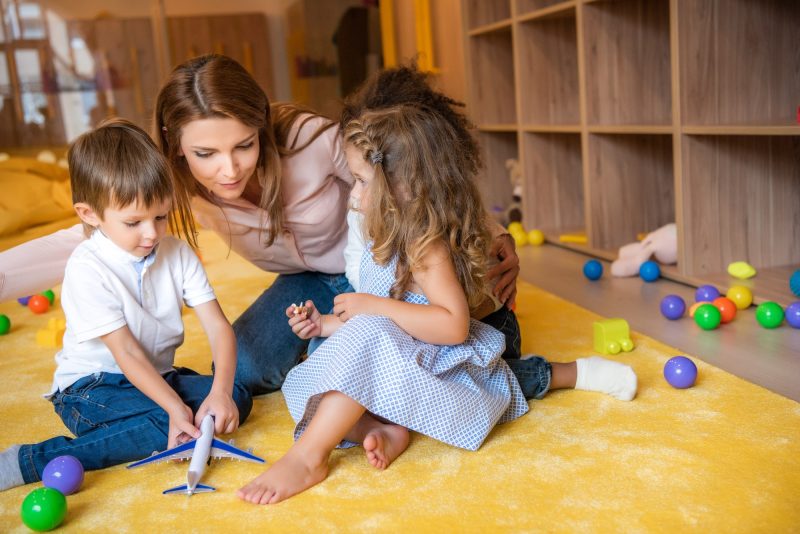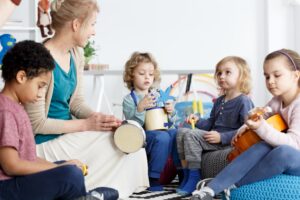Testing Children’s Skills Made Easy
Understanding and evaluating children’s skills is crucial for their development and academic progress. However, traditional testing methods can sometimes feel overwhelming or intimidating for young learners. Fortunately, there are numerous approaches to assess children’s skills in a way that is engaging, informative, and stress-free.
1. Play-Based Assessment:
One of the most effective ways to test children’s skills is through play-based assessment. By incorporating games, toys, and interactive activities, educators and parents can observe children’s cognitive, social, and emotional abilities in a natural and relaxed environment. For example, playing with building blocks can provide insights into a child’s spatial reasoning and fine motor skills, while a game of charades can reveal their communication and social skills.
2. Observation:
Observation is a powerful tool for assessing children’s skills. Simply watching children as they engage in various activities can provide valuable insights into their strengths and areas for improvement. Whether it’s during classroom activities, free play, or social interactions, keen observation allows educators and parents to identify patterns, preferences, and developmental milestones.
3. Informal Conversations:
Engaging children in informal conversations can also offer valuable information about their skills and abilities. By asking open-ended questions and encouraging them to express their thoughts and ideas, adults can gain a deeper understanding of children’s language skills, critical thinking abilities, and emotional intelligence. These conversations can take place during everyday activities such as mealtime, walks, or bedtime routines.
4. Project-Based Learning:
Project-based learning provides an excellent opportunity to assess children’s skills in a meaningful and holistic way. By assigning projects that require research, problem-solving, and creativity, educators can evaluate a wide range of skills, including communication, collaboration, and perseverance. Whether it’s creating a presentation, building a model, or conducting an experiment, project-based learning allows children to showcase their talents and interests while demonstrating their mastery of key concepts and skills.
5. Portfolio Assessment:
A portfolio assessment is a comprehensive method of evaluating children’s skills and progress over time. By collecting samples of children’s work, including artwork, writing samples, and project reports, educators and parents can track their growth and development across various domains. Portfolios provide a tangible record of children’s achievements and allow for ongoing reflection and goal setting.
6. Adaptive Assessments:
Adaptive assessments are tailored to the individual needs and abilities of each child. These assessments adjust the level of difficulty based on children’s responses, ensuring that they are appropriately challenged without feeling overwhelmed. Whether it’s through online quizzes, interactive games, or personalized learning platforms, adaptive assessments provide real-time feedback and insights into children’s strengths and areas for improvement.
7. Peer and Self-Assessment:
Peer and self-assessment empower children to take an active role in evaluating their own skills and the skills of their peers. By encouraging children to reflect on their work, set goals, and provide constructive feedback to one another, educators foster a culture of collaboration, self-awareness, and continuous improvement. Peer and self-assessment also promote metacognitive skills such as self-regulation, goal setting, and reflection.
In conclusion, testing children’s skills doesn’t have to be daunting or stressful. By employing a variety of assessment methods, including play-based assessment, observation, informal conversations, project-based learning, portfolio assessment, adaptive assessments, and peer/self-assessment, educators and parents can gain valuable insights into children’s abilities in a way that is engaging, informative, and empowering. Ultimately, the goal is to support children’s growth and development while fostering a love of learning that will last a lifetime.



